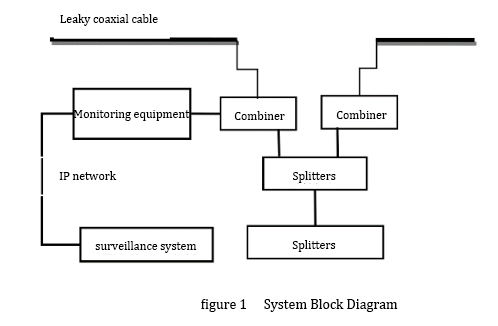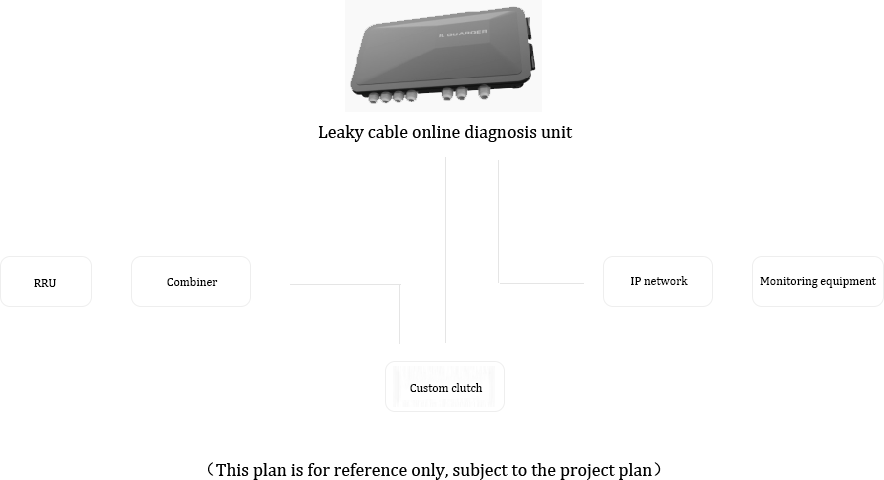Necessity of cable leakage monitoring
Leaky Coaxial Cable (LCX) or leaky cable is basically the same structure as common coaxial cable. It consists of three parts: inner conductor, insulating medium and outer conductor with periodic grooves. The signal transmits in the leaky cable while radiating the electromagnetic wave to the outside through the grooves. The external electromagnetic field can also be induced into the leaky cable through the grooves and transmitted to the receiving end. At present, the frequency band of leaky cable covers are 90MHz-3.2 GHz or above, which are adapted to various existing wireless communication systems. The application scenarios include subway, railway tunnel, highway tunnel, underground mine, etc.
With the development of information technology, people have higher and higher requirements for signal coverage and signal quality. In subway tunnel, leaky coaxial cable is used as wireless signal coverage, and the field strength coverage of leaky coaxial cable has obvious advantages, which is an important means to improve transportation efficiency and management level, improve service quality, etc. At present, in Metro Communication, leaky cable carries the following tasks:
- Special wireless communication (train dispatching) 800MHz
- Special leaky cable for public security and fire protection 350MHz
- Driverless, LTE signal carrying 1.4GHz-1.8GHz
- Civil communication (mobile, Unicom) signal bearer
In the normal operation of subway, cable leakage is not only responsible for the transmission of wireless information for train dispatching, fire command and other services, but also for the public network signal transmission task closely related to passenger information. For technical reasons, leaky cable is the only key equipment not included in the scope of online monitoring in Metro communication dispatching system. In the current Metro practice, the conventional cable leakage laying structure is output by the station base station, and the signal is distributed in the upstream and downstream sections of the adjacent two sides of the station through the 4-power divider, a total of four sections. At present, the detection method of cable leakage in operation company is mainly to detect standing wave. The detection method adopted is: the base station has its own standing wave detection and alarm function at the signal output position. If the standing wave parameter is abnormal, the signal of the base station will alarm, and then the operator will carry out four sections of troubleshooting according to the standing wave alarm of the base station. The troubleshooting sequence is the station base station - jumper - arrester - power divider - cable leakage in each section. The troubleshooting focuses on each joint. The troubleshooting instruments are generally Standing wave instrument. After the alarm, the fault types and locations of the four sections need to be manually checked by the operators. The inspection method is time-consuming, laborious and untimely. The following figure shows the scene of workers patrolling the line.
















